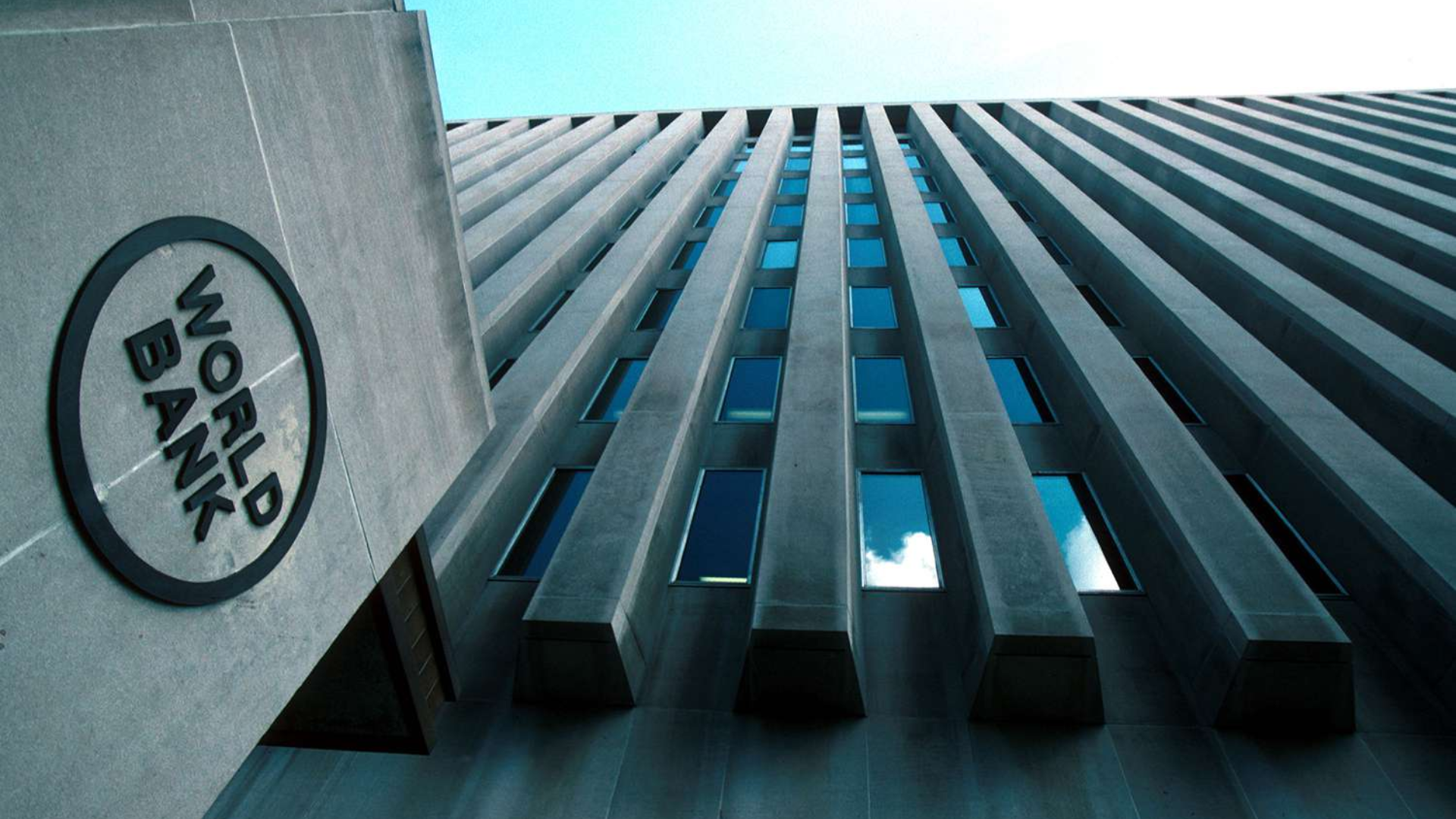










The World Bank has projected strong growth for South Asia at 6.0 percent in 2024, largely driven by India’s robust economic performance.
The latest South Asia Development Update, released by the World Bank on Tuesday under the title Jobs for Resilience, indicates that India, as the region’s largest economy, is expected to experience growth of 7.5 percent in FY23-24. This growth is anticipated to settle at 6.6 percent over the medium term, with the services and industry sectors maintaining robust activity.
However, the report also highlights persistent structural challenges that could impede sustained growth, posing hurdles to job creation and responses to climate-related shocks.
Martin Raiser, Vice President for South Asia at the World Bank, commented on the region’s growth outlook, stating, “South Asia’s growth prospects remain bright in the short run, but fragile fiscal positions and increasing climate shocks are dark clouds on the horizon.” He emphasized the need for policies aimed at boosting private investment and strengthening employment growth to enhance resilience in the face of potential challenges.
The report forecasts a mild recovery in Pakistan’s economy, with growth projected at 2.3 percent in FY24-25. In Sri Lanka, output growth is expected to rise to 2.5 percent in 2025, supported by recoveries in reserves, remittances, and tourism.
Bangladesh is expected to see output rise by 5.7 percent in FY24/25. However, the country faces challenges such as high inflation and trade and foreign exchange restrictions that constrain economic activity.
To stimulate firm growth and enhance employment, the World Bank recommends a range of policies including increasing trade openness and access to finance, improving business climates and institutions, removing financial sector restrictions, enhancing education, and eliminating barriers to women’s economic participation.
These measures are not only aimed at boosting growth and productivity but also at creating space for public investments in climate adaptation, according to the World Bank.
Meanwhile, Morgan Stanley revised its GDP growth forecast for India upwards for the financial year 2024-25 (FY25) to 6.8 percent, up from the previous estimate of 6.5 percent. For the ongoing financial year, FY24, the firm revised its growth forecast to 7.9 percent. The revisions reflect an optimistic outlook on India’s economic trajectory, with Morgan Stanley highlighting the country’s strength and stability as key features of the current cycle.









